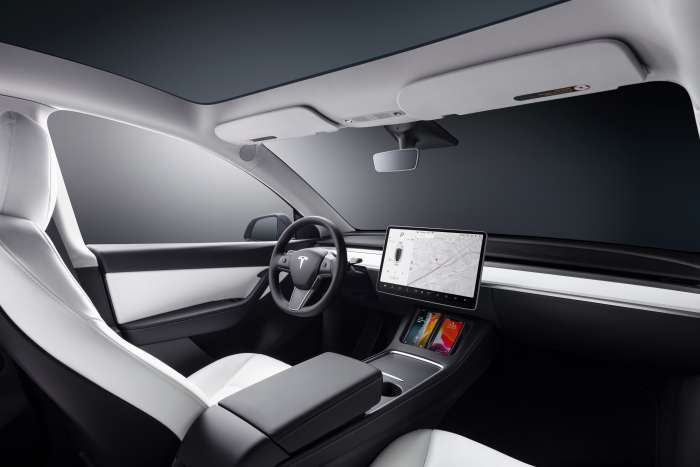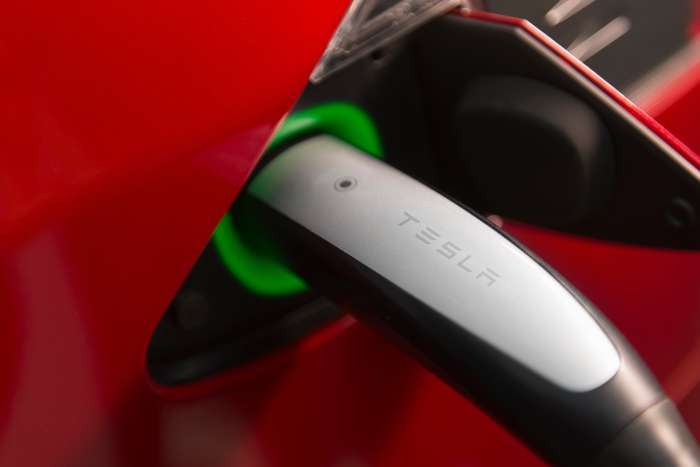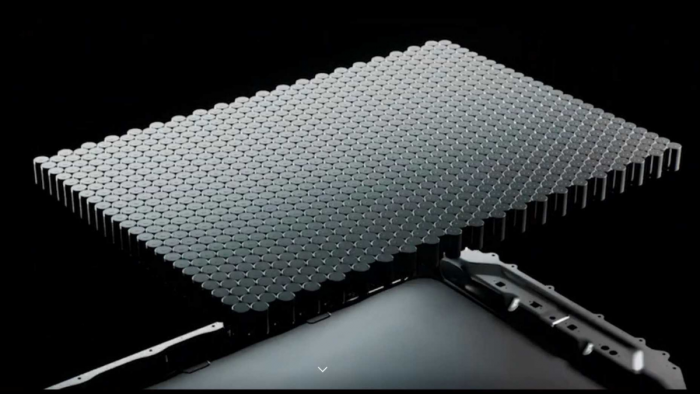The website pushevs.com published a small study showing the reasons why LFP (Lithium Ferrophosphate, LiFePO4) batteries offer better behavior during recharging than other ternary battery chemistries. The key that explains why LFP batteries offer a much longer useful life is in the voltage at which they work, between 3.2 and 3.65 volts, lower than voltage normally used in NCM batteries.
LFP batteries began to receive attention from the automotive industry when Tesla decided to implement them in the Model 3 Standard Range, manufactured in Giga Shanghai. This LFP batteries use phosphate as the cathode material and a graphitic carbon electrode as the anode; they also have long life cycles, good thermal stability, and work very well in electro-mechanical terms. Their biggest drawback is their low specific energy, which translates into a reduction in energy density as compared to other types of batteries. In exchange, their cost is lower, since they do not require cobalt, an expensive and complicated material to obtain.
LFP cells operate at nominal voltages of 3.2 volts, so connecting four cells will result in a 12.8 volt battery; that's why, up until now, LFP chemistry has been the best option to replace lead-acid deep cycle batteries in various applications. It has been precisely their low energy density that has limited their use in large vehicles so far (up to now), since their cost is significantly lower and by the way, they are way safer. This situation led to the Chinese market being the first to adopt this technology, which is why 95% of LFP batteries are manufactured there.

According to the comparative analysis carried out by pushevs.com in relation to the working conditions of each of the chemistries, a pattern of behavior is observed that relates the charge and discharge cycles that each battery chemistry supports and the working voltage. Cells with LTO (lithium titanate) anode and LMO (lithium manganese oxide) NCM (nickel cobalt manganese oxide) cathode operate at a nominal voltage of 2.3 volts and a maximum voltage of 2.9 volts. As a result of these low operating voltages they can withstand up to 100,000 life cycles (charge – discharge).
As I said, cells with graphite anode and LFP cathode work at a nominal voltage of 3.2 volts and a maximum of 3.65 volts. With these voltages - also low - up to 12,000 life cycles are achieved. However, cells with graphite anode and NCM (nickel, cobalt, and manganese oxide) or NCA (nickel, cobalt, aluminum oxide) cathode are the ones that work at higher voltages, the nominal being 3.7 volts and the maximum 4.2 volts. Under these conditions it is not expected that more than 4,000 charge and discharge cycles can be achieved.

The liquid electrolyte that sits between the two electrodes of a battery, through which the lithium ions travel, is chemically more stable if the working voltage is lower. This is partly why LTO battery cells operating at 2.3 volts and LFPs operating at 3.2 volts offer much better cycle life than NCM or NCA battery cells operating at 3.7 volts. When the battery charge is greater and therefore the voltage is higher, the liquid electrolyte slowly begins to corrode the cell electrodes. For this reason, battery cells that use spinel in the cathode are not yet available, a mineral formed by manganese and aluminum that could work at 5 volts, but that requires new electrolytes and improved electrode coatings in order to prevent corrosion.
This is why it is desirable to keep batteries at a SoC (state of charge, or percentage of charge) as low as possible, as it will operate at lower voltages and its life cycle will be extended.
As pushevs.com explains, at this point it is convenient to clarify the recommendation that Tesla makes to customers who purchase one of its electric cars with LFP batteries. The vehicle manual warns that it is convenient to fully charge the battery on a regular basis, without worrying, as in the case of other chemicals, of reaching 100%, unless it is really necessary: "If your vehicle is equipped with an LFP battery, Tesla recommends that you keep the charge limit to 100%, even for daily use, and also fully charge to 100% at least once a week. If Model 3 has been parked for more than a week, Tesla recommends driving as you normally would and charging to 100% as soon as possible".

This recommendation, however misleading it may seem, does not mean that LFP batteries are immune to degradation associated with frequent full charges. Why Tesla is warning Model 3 owners this way can be confusing; the goal for the charge to reach 100% is to be able to estimate as accurately as possible the remaining capacity in the battery. The BMS (Battery Management System) is responsible for this work, which is the system that basically monitors and controls the recharging parameters of each of the cells inside the pack.
The charge and discharge curve of LFP batteries is extremely flat as compared to other chemistries: the voltage rises when the battery is almost full and drops when it is almost empty, while at the intermediate points it remains very stable. In these circumstances the BMS has a difficult time establishing exactly the percentage of remaining battery (SoC, State of Charge) at intermediate points. The result could be that the system might indicate a remaining capacity of 20%, but after a short time reduce it to 5% as a result of a BMS calculation error.

However, regarding customer service, for Tesla it is more important to have reliable data on the remaining battery capacity than to have a greater degradation of the battery, which, on the other hand, offers a very long life cycle and will take time to actually be seen. The owner of the electric car will notice the error of the SoC indication sooner than the degradation, which would cause a greater number of complaints. Tesla knows that even fully charging LFP batteries on a regular basis their average voltage will still be lower than that of NCM or NCA batteries running at half charge.
In conclusion - for those who want to keep their lithium batteries in good condition - it is best to charge in the range of 20 to 70%. On the other hand, if you want to maintain reliable information about the SoC of the battery, it is best to bring it to 100% on a relative regular basis. A middle ground between these two strategies may be the most appropriate compromise anyway: in general, the recharging of an LFP battery can be done without reaching the limits and, for instance, once a week, charging to 100% and avoiding leaving the battery like this for a long time. It is also advisable to observe the behavior of the percentage meter in order to see if it offers confusing information, with significant drops in capacity in short periods of time.
Source: pushevs.com
All images courtesy of Tesla Inc.
Nico Caballero is the VP of Finance of Cogency Power, specializing in solar energy. He also holds a Diploma in Electric Cars from Delft University of Technology in the Netherlands, and enjoys doing research about Tesla and EV batteries. He can be reached at @NicoTorqueNews on Twitter. Nico covers Tesla and electric vehicle latest happenings at Torque News.











